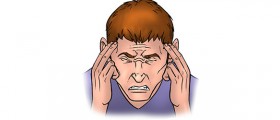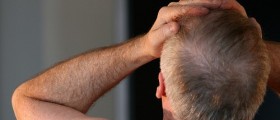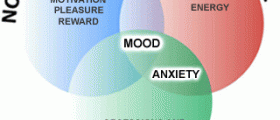
Most instances of headaches in the back of head are not serious. A cervicogenic headache, the one whose pain comes from the joints of the upper spine and is usually associated with people who suffered previous neck injuries, is the most common one.
Occipital neuralgia is recognized by a severe pain that may spread to the eyes and is interconnected with cervicogenic headache. If one suffers from retropharyngeal tendinitis, the pain is usually connected with pain when swallowing and should be treated with Diclofenac. Ice-pick headaches usually last for just a few seconds and may occur at any area of the head. Lateral atlanto-axial joint release, most likely caused by rheumatoid arthritis, is another common type of back head headache.
Neck-tongue syndrome is very unusual. When the neck gets rotated, it produces additional sensory disturbances in the tongue and even tongue spasms.
Vertebral artery dissection is very rare and is characterized by a very sudden and severe pain. Chiari malformation is when the upper cervical nerve roots get stretched by the lower cerebral tonsils and the pain gets provoked by coughing.
Intracranial hypotension can be experienced anywhere and it can only be relieved by epidural blood patch procedure. Subarachnoid haemorrhage can also be the cause of sudden pain in the back of the head.
To localize the source of pain, a person can undergo a procedure involving diagnostic joint injection anesthetic blocks to find the right spot in the spine which causes the pain. The simpler approach is to rely on clinical criteria like the characteristics and location of the pain.
Blink reflex gets reduced when a patient gets anesthetized with local anesthesia and this proves that there is a connection between the neck nerves and the central headache nerve, the trigeminal one. Neck ache is also a common warning symptom before a full-on migraine develops.
The treatment really depends on the cause of pain, but the most usual one is always the cervicogenic headache.
The best therapy includes a short course of anti-inflammatory tablets that contain no steroids. If these do not help, one should get treated by a physiotherapist to relieve the pain. Even if these two methods do not work, a longer-term relief can be obtained by taking a facet joint injection by a pain specialist.
Sometimes temporary relief can be reached by an occipital nerve block. It is usually used on people with severe types of cervicogenic headaches and in most cases it does temporarily help in relieving the pain.
















Your thoughts on this
Loading...